Many people consider Alexander Graham Bell’s 1876 telephone patent to have been the most valuable ever issued by the U. S. Patent Office. In his recent book, The Telephone Gambit: Chasing Alexander Graham Bell’s Secret, author Seth Shulman claims that Bell “stole the key idea behind the invention of the telephone,” having copied the idea for a liquid transmitter from a patent caveat filed by rival Elisha Gray, and that Gray’s idea unlocked the secrets of the telephone for Bell.
1870-1879
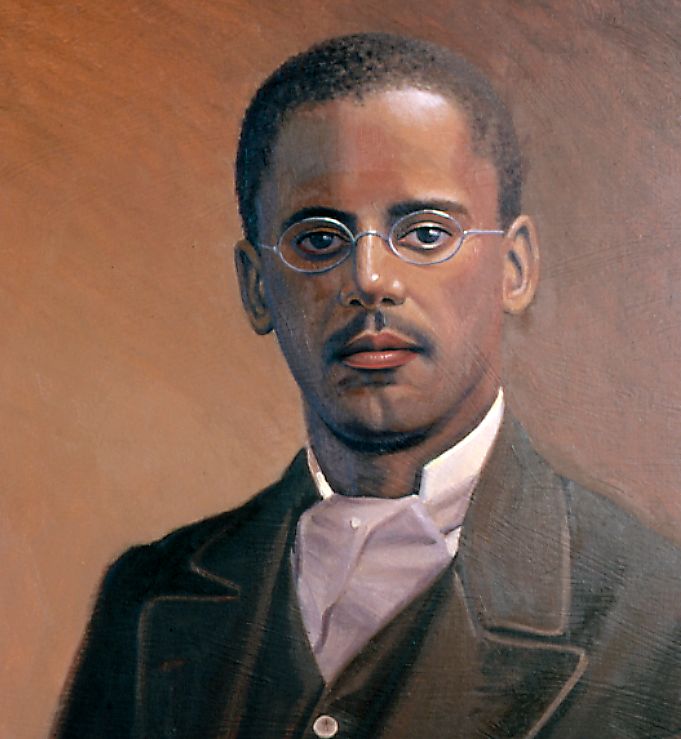
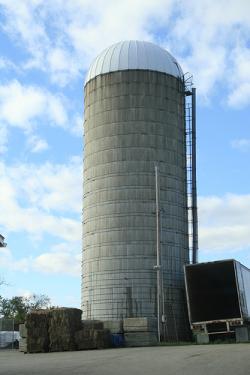
First Tower Silo Designated A Historic Landmark Of Agricultural Engineering. The First Tower Silo In America Was Erected Near This Site On The Hatch Farm, One Half-Mile East Of Spring Grove, Illinois. Fred L. Hatch And His Father, Lewis Hatch, Erected This Silo In October 1873, After Fred Graduated From The Illinois Industrial University. (Now The University Of Illinois). Textbooks On Agriculture Were Scarce, And Professor Willard F. Bliss Translated French And German Pamphlets On Silage Production Wherein The Entire Corn Plant Was Buried In Pits, And This Inspired Young Hatch.
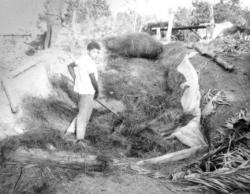
Designated a Historic Landmark of Agricultural Engineering at Oakland Manor In 1876 Francis Morris Built Brick Silos in His Barn and Introduced the Practice of Making Corn Silage in the United States. His Further Experiments Developed the Use of Earthen Trenches and Thereby Significantly Contributed to the Development of American Agriculture Dedicated by Amercan Society of Agricultural Engineers 1976
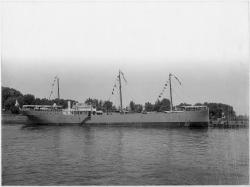
The Zoroaster, commissioned and completed in 1878, is widely considered to be the world's first successful oil tanker. It was designed by Ludvig Nobel, who notably refused to patent any part of it, leading to the design being widely studied and duplicated around the world. The tanker was built in Gothemburg, Sweden and was intended to navigate the Caspian Sea, running between Baku, Azerbaijan and Astrakhan, Russia.
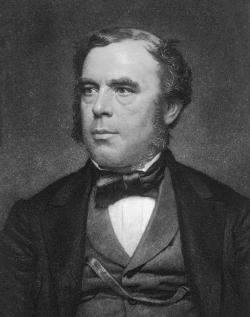
The American Chemical Society, the world’s largest scientific society, celebrated its 125th anniversary in 2001. Founded in 1876 in New York City, the Society now has 186 local sections in all 50 states, international chapters, and 32 technical divisions that bring together scientists with interests ranging from small business to environmental protection.
The text of the plaque commemorating the landmark reads:
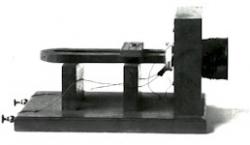
The first transmission of intelligible speech over electrical wires took place on 10 March 1876. Inventor Alexander Graham Bell called out to his assistant Thomas Watson, “Mr. Watson, come here! I want to see you.” This transmission took place in their attic laboratory located in a near here at 5 Exeter Place. A pioneer in the field of telecommunications, Alexander Graham Bell was born in 1847 in Edinburgh, Scotland. He moved to Ontario, and then to the United States, settling in Boston, before beginning his career as an inventor.
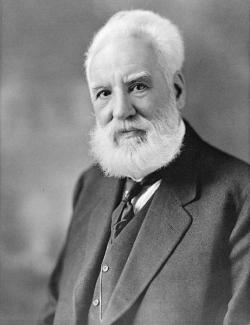
On 10 August 1876, Alexander Graham Bell demonstrated on this site that the human voice could be transmitted electrically over distance. While family members spoke into a transmitter in Brantford, 13 km away, Bell was able to hear them at a receiver located in Paris. This test convinced Bell that his invention could be used for communication between towns and could compete successfully with the telegraph.

The East Maui Irrigation System is Hawaii's most dramatic water story. It began with the construction of the Old Hamakua Ditch built between 1876 and 1878. This privately financed, constructed and managed irrigation system was one of the largest in the United States. It eventually included 50 miles of tunnels; 24 miles of open ditches, inverted siphons and flumes; incorporates approximately 400 intakes and 8 reservoirs.
"Eads had to succeed in the face of conventional wisdom which doomed him to disaster. Entrenched authorities not only completely dismissed his theories, but pointed to the indifferent European experiences with what he proposed."
- ASCE Landmark Nomination Proposal, 1982
Innovations

In the mid-1800s Virginia City was America's greatest producer of high-grade silver and gold ore. When mining activities began, natural springs provided water to the camps. As the population grew, the Virginia and Gold Hill Water Company was formed to address the need for more water. The company…
Read More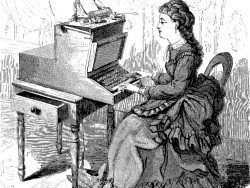
Designed in 1873 by Christopher Latham Sholes, with Carlos Glidden, Samuel Soulé and Mathias Schwalbach, the Sholes & Glidden 'Type Writer' was the first commercially successful device that rapidly printed alphanumeric characters on paper in any order.
Manufactured by E. Remington…
Read More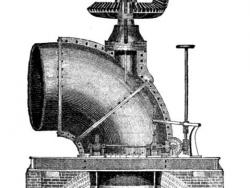
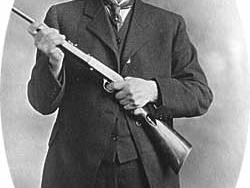
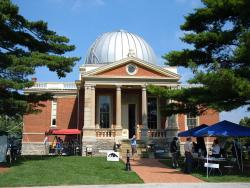
The Cincinnati Observatory, founded by Ormsby MacKnight Mitchel in 1842, is America’s oldest public/professional observatory. The observatory was situated on Mt. Adams, east of the current downtown Cincinnati; the hill was named for former President John Quincy Adams when he laid the observatory…
Read More
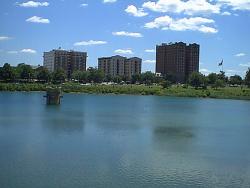
Like other American cities in the late 19th century, Baltimore had grown so quickly its supply system was unable to provide city residents with a dependable supply of water. Two reservoirs built outside the city helped increase capacity, but heavy rainfalls in the largely agricultural area…
Read More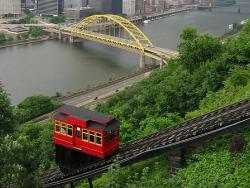
Designed by Sam Diescher, son-in-law of the Monongahela's designer John Endres, the Duquesne Incline opened May 20, 1877, as the second of seventeen built and operated in the Pittsburgh area. It has operated with only minor interruptions for the last one hundred years. A preservation group from…
Read More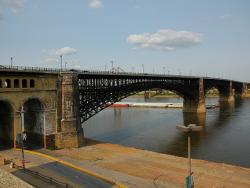
In the decade following the Civil War, the Mississippi River began to lose its standing as the primary transport artery in the Midwest. Railroads were taking over, and Chicago was rapidly becoming the center of Midwestern commerce. The Eads Bridge was the first major railroad link over the…
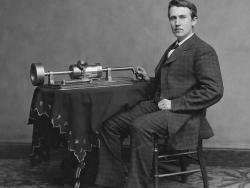
Edison's simple and unprecedented instrument allowed for the first time the permanent recording and reproduction of sound, especially the human voice. On December 6, 1877, Edison put tinfoil around the cylinder, turned the handle of the shaft and, shouting into one of the diaphragms, recorded a…
Read More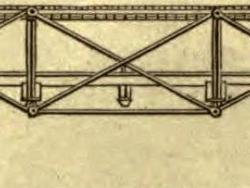
The Fink Deck Truss Bridge is thought to have been originally used on the Norfolk and Western mainline railway. It was moved to its present location and converted to a vehicular bridge over a railroad spur in 1893 when the Norfolk and Western mainline was moved. It was relocated again in 1985 to…
Read More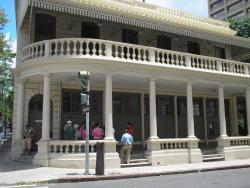
The Kamehameha V Post Office is the oldest surviving public building in the U.S. constructed with reinforced concrete. The success of this early structure helped establish the value of reinforced concrete as a durable construction material.
Brickmaker J.G. Osborne was chosen to provide…
Read More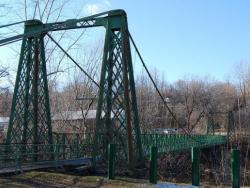
A 214-foot single-span covered wooden bridge, built above the cribs of stone in the AuSable River that served to break log jams and ice floes, collapsed during the winter of 1875 under the weight of a three-foot snowfall and high winds. The "Upper Bridge" (pictured) was built in its place.…
Read More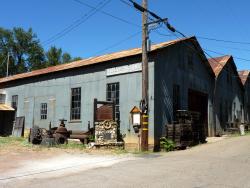
This is one of the earliest US foundry-machine shops remaining in operation and one of the few water powered. It was founded by Samuel N. Knight (1838-1913) to manufacture machinery for the gold mines of the …
Read More
In the 1850s, the Lexington and Danville Railroad began building a suspension bridge over the Kentucky River. The bridge was designed by John A Roebling. Due to unforeseen increases in train loads, the Roebling bridge was never completed. The High Bridge would then be built 20 years later on the…
Read More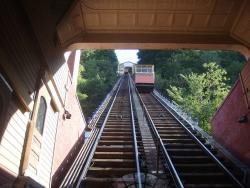
As a practical conveyance during the horse-and-buggy era, the Monongahela Incline was one of seventeen built and operated in Pittsburgh in the last century. Of the seventeen, the Monongahela and the Duquesne are the only two remaining operating units. While the Mt. Washington Incline was known…
Read More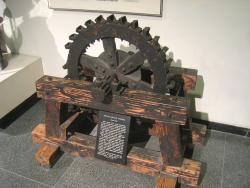
Water wheels have been used to power mills and pumps for centuries. However, the traditional water wheel was inefficient: water hitting a bucket would splash back against the next bucket, slowing the wheel. This is especially true when water is delivered to the buckets under very high pressure…
Read More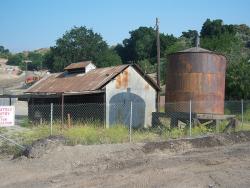
The economic situation in the whale oil business (for lighting), coupled with the increased demand for lubricants, stimulated growth in the U.S. petroleum industry. The drilling of the heavy, sulfurous, and asphaltic California crude began in the 1870s at the Pico Canyon area, using the…
Read More
Built to cross one of the steepest valleys along the Douro River, the Ponte Maria Pia was the first major work to emerge from the French firm of Gustav Eiffel and Company, establishing Eiffel as an important bridge designer and civil engineer of his day. Resting on a parabolic arch spanning 160…
Read More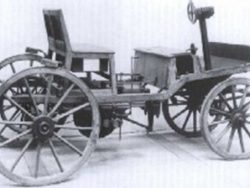
Siegfried Marcus (1833-1898), a remarkable engineer and manufacturer, lived most of his life and died in Vienna, leaving his most important legacy — an experimental automobile resembling today's modern car and the oldest extant automobile known worldwide. Marcus' second car, built circa 1875 (a…
Read More

